When we walk into the American Society classroom, we hear sophomores discussing slavery and abolition; when we go into Fawcett Library, we find students reading Narrative of the Life of Frederick Douglass for American Idea. Even though slavery has been abolished for more than one century, people are still learning about its history and living with its legacy. In the book Between the World and Me, Ta-Nehisi Coates presents the past of slavery – the root of racism, the legacy of slavery, the current problems, the envision of the future, and the unfixable nature of racism – through personal stories and anecdotes.
Written as a letter to the author’s son, the book is mind-blowing. It reveals the reality of American society, where African Americans constantly live in fear because of racism. They fear that the people who chase the American dream do so at the expense of the rights of African Americans.
As a journalist, Coates knows how to effectively cajole his audience. Using simple yet powerful language and a first-person narrative, he engages the audience and tells a captivating story of finding self-empowerment in a society of inequality. Coates’s comprehensible language makes the book accessible for all.
What makes the book so unique is the fact that the author is not afraid to speak up against American ideals, which are not as welcoming as they purport to be. He relentlessly argues that instead of benefitting American society, the American Dream slowly constructed racism.
According to Coates, history is the most irrefutable evidence in the discussion of racism. White privileged people legally deprived African Americans of basic human rights for hundreds of years, and this constant discrimination led to the weakening of African American souls and spirits.
As Coates puts it, “enslavement was not merely the antiseptic borrowing of labor,” it also promoted inequality and the notion that white people have the rights to privilege themselves at the expense of people of color.
Coates’ argument is rich in pathos, which he develops throughout his book in order to create an emotional connection with his audience. Reflecting on American history, Coates writes, “the soul was the body that fed the tobacco, and the spirit was the blood that watered the cotton, and these created the first fruits of American garden.” As he creates a sarcastic tone, Coates conveys a sense of anger and retells the enslavement story through vivid language.
Sadly, the situation has not improved. Coates does not forget to pertain to the legacy of slavery in the book. He uses personal examples to portray an image of American society where it has become indisputable that racism continues to exist. Interestingly, Coates indicates that education, one of the most important means of passing down information, also misleads the American crowds to become racially biased.
With the example of Prince Jones, an African American who was mistakenly shot by the police because of his “suspicious behavior,” Coates appeals to the sympathy, agony, and anger of his readers and consolidates the idea that “in America, it is traditional to destroy the black body – it is heritage.”
In the book, Coates argues that racism became deeply rooted in people’s minds and even became an important part of the American culture. Ranging from racial profiling to daily multiracial interactions, he uses multiple personal examples to convince the audience of the still-existing racial discrimination. Growing up in a neighborhood in Baltimore, Coates himself lived in fear; the fear lasted as he witnessed his son live in dread of being hurt.
Unlike the optimistic journalists, Coates offers no solution to the problem. He narrates that no one could save his son from “the police, from their flashlights, their hands, their nightsticks, their guns,” not even “the Dreamers–the people who constructed racism.”
The unique perspective of the book and the intriguing stories prompt readers to dig into the roots of racism, see how it plays out in society today, and understand the direction our future will take due to the current racial construct. Between the World and Me will help students understand the significance of diversity at Webb as they read specifically about the gap between the world and African Americans.


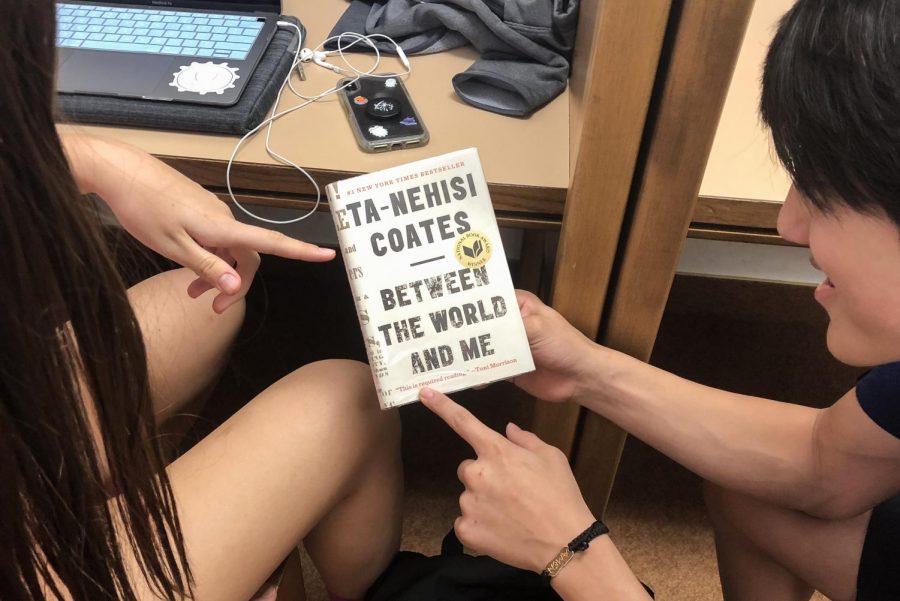

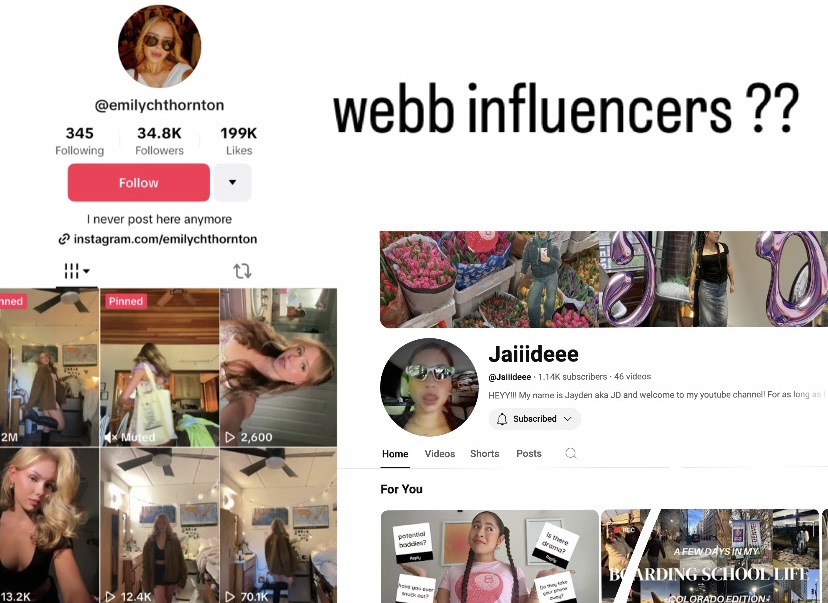
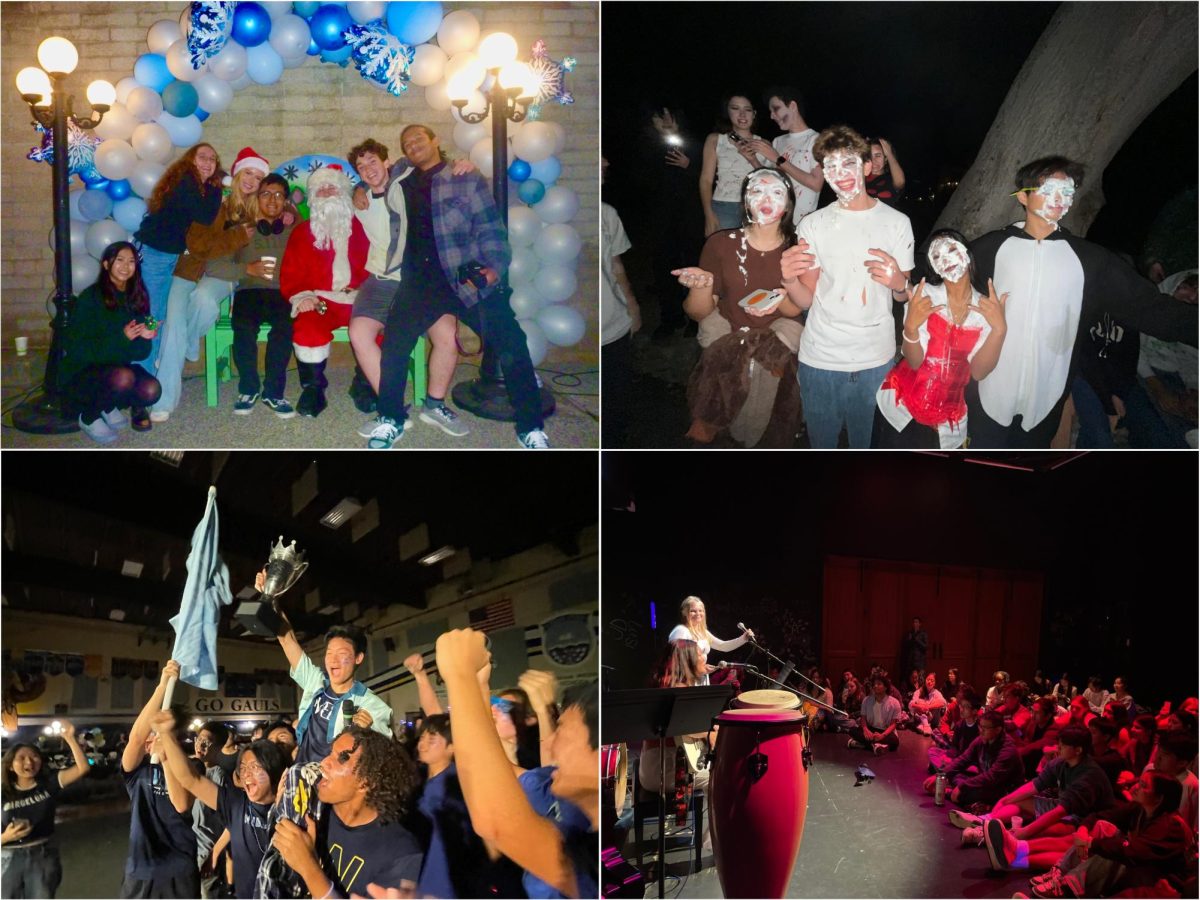
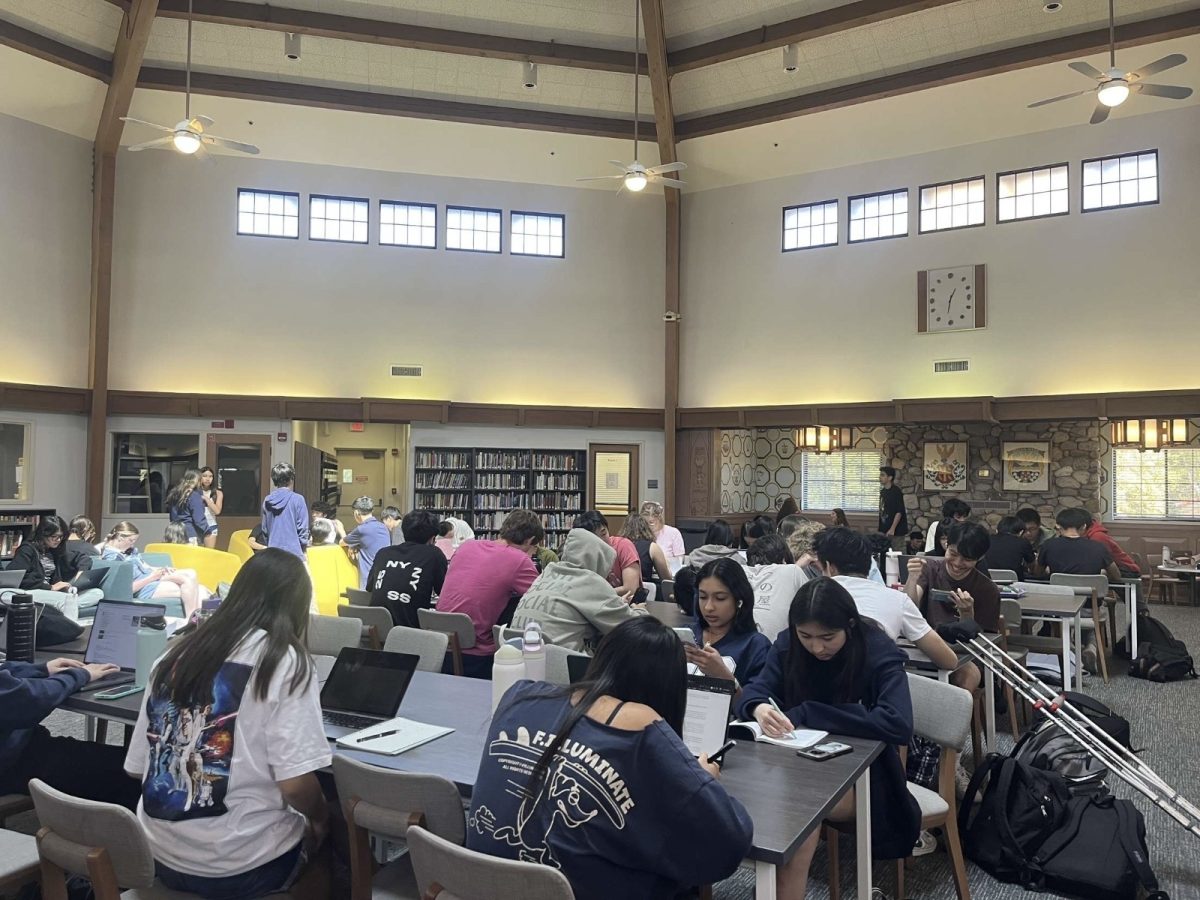
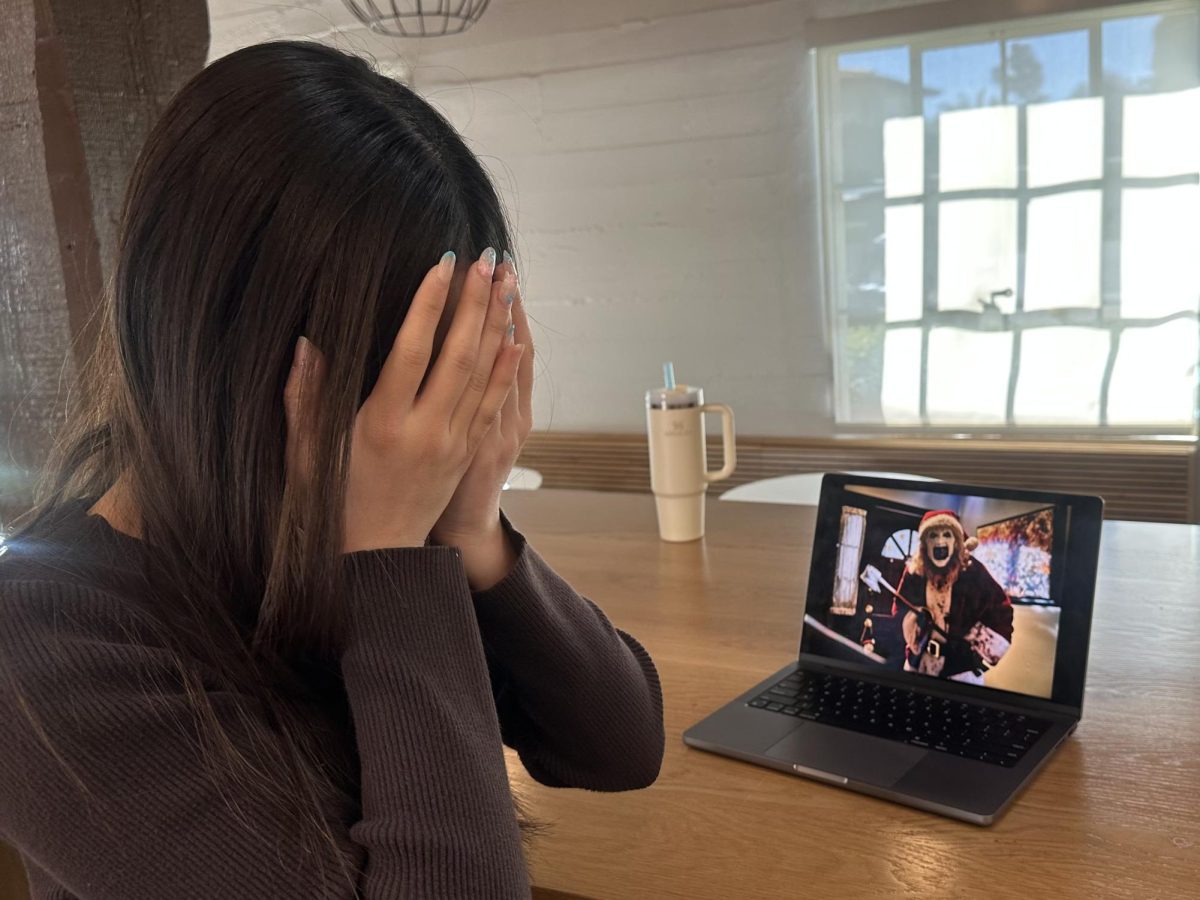
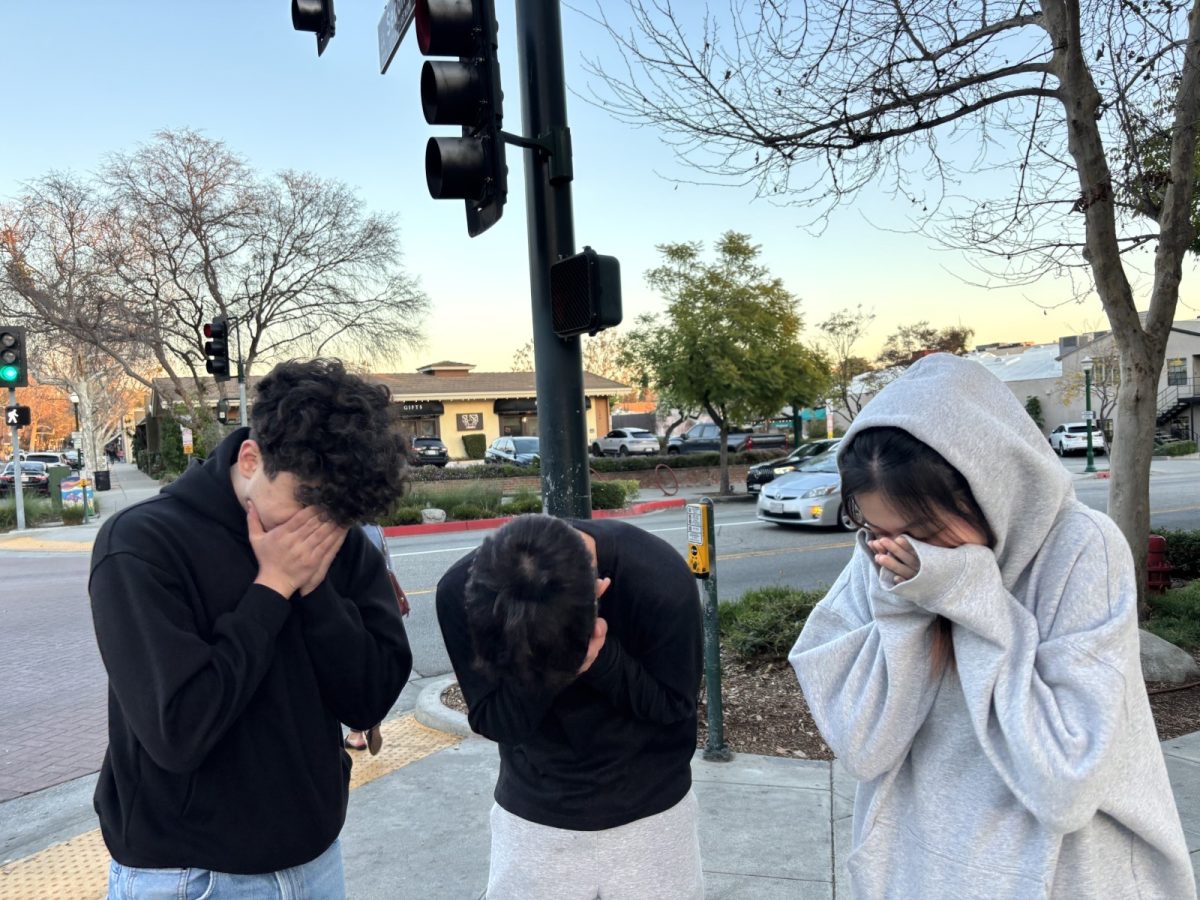

Jenny Wang | Jul 7, 2022 at 7:09 PM
Just finished the book, and definitely love your take on it! Coates’ unique perspective renders the story as personal as it is revelatory. It’s heartbreaking to witness Prince Jones’ tragic death at the hands of a racist police officer, and countless others like him. What’s more, Coates’ fear for his son carries throughout the book and makes me wonder if there will ever come a day that racism can cease to exist in American society. Although despairing, people are finally beginning to realize the destructive nature of internalized racism and prejudiced law enforcement. I am reminded of the Black activist Steve Biko’s words during the movie “Cry Freedom”, in which he questions the Apartheid era South African government and its role in promoting blatant racial segregation. His profound insights carry just as much resonance today as it did then, and only proves that Black struggle is universal– not bound by ethnicity, religion, or nationality. To achieve true equality and solidarity, a global color line must be drawn, so that the Black consciousness movement, Black lives matter movement, and Pan-Africanism can find renewed strength in each other and hope towards the future.
Melissa Mani | Oct 4, 2019 at 9:06 PM
Great article! It is precise, well though out and very well written. I learned a great deal and I will definitely read Between the World and Me. Thank you, Sunny..